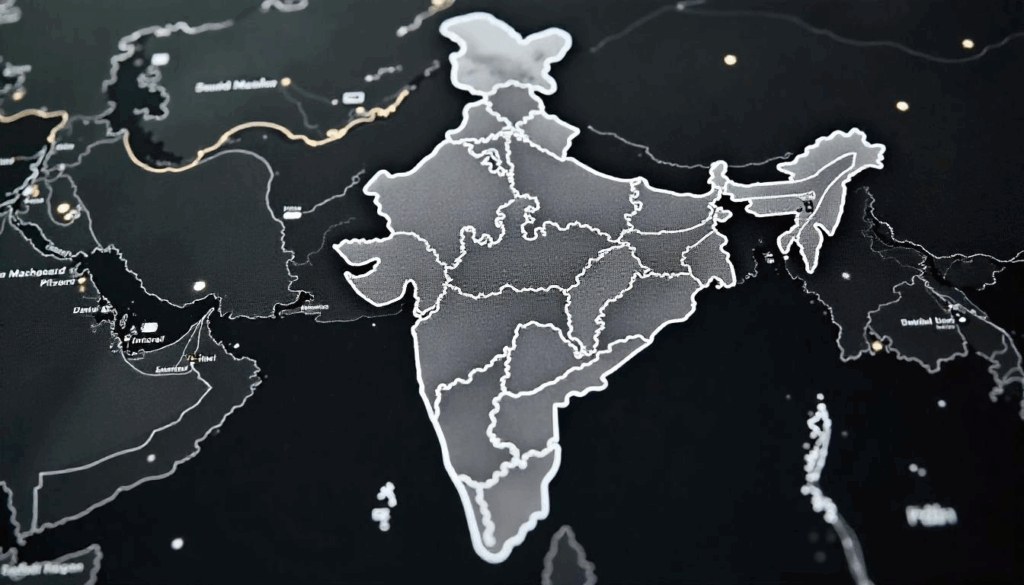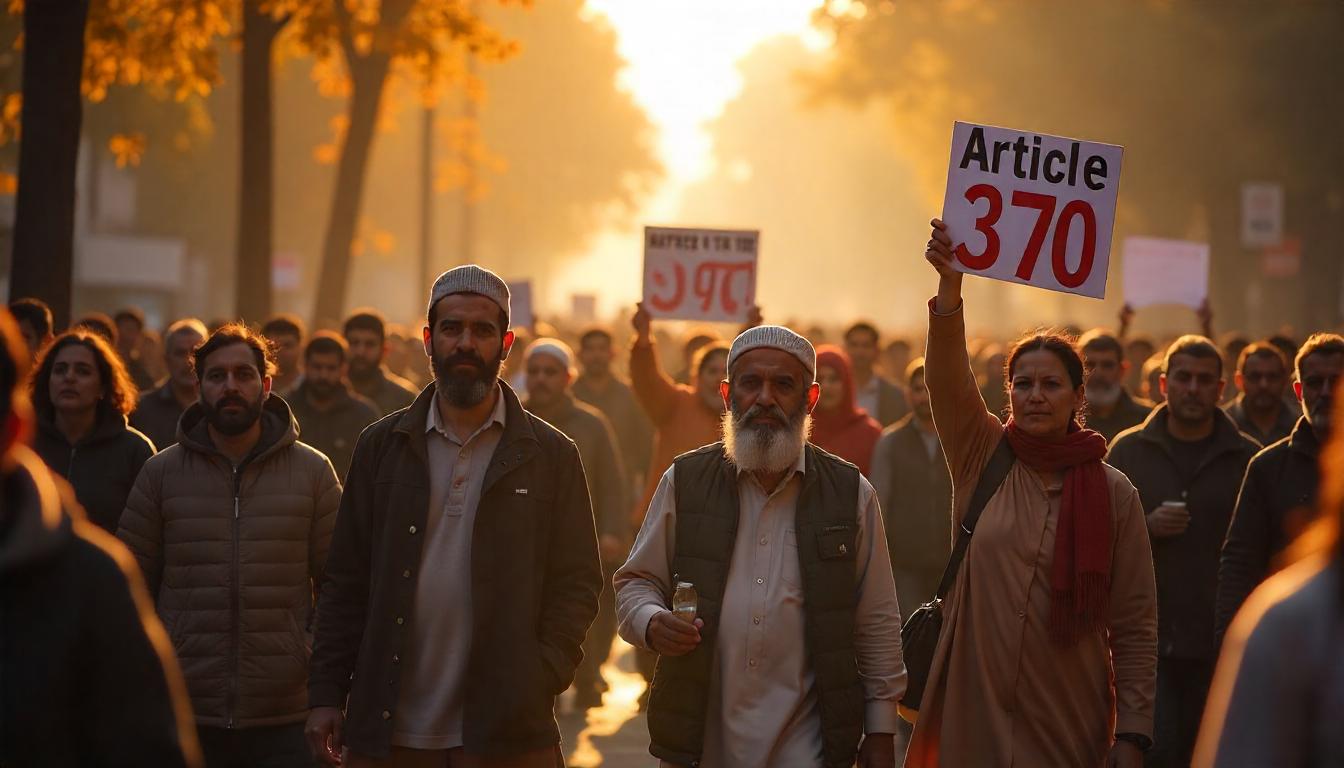
Article 370 of the Indian Constitution granted special autonomy to the state of Jammu and Kashmir. Enacted in 1949, it allowed the state to have its own constitution and decision-making powers in all matters except defense, foreign affairs, and communications. This provision was abrogated on August 5, 2019, leading to significant political and social changes in the region.
1. Understanding Article 370
Article 370 was a temporary provision in the Indian Constitution that granted special status to Jammu and Kashmir. It allowed the state to have its own constitution and autonomy over internal matters, except for defense, foreign affairs, and communications.
2. Historical Background

The roots of Article 370 trace back to the Instrument of Accession signed by Maharaja Hari Singh in 1947, allowing Jammu and Kashmir to join India under specific terms. The provision was included in the Constitution to recognize the unique circumstances of the state’s accession.
3. Provisions of Article 370
Autonomy: Jammu and Kashmir had its own constitution and decision-making powers in most matters.
Presidential Orders: The President of India could extend other constitutional provisions to the state with the concurrence of the state government.
Limited Parliamentary Powers: The Indian Parliament needed the state government’s concurrence to legislate on matters outside the Union List.
4. Relationship with Article 35A

Article 35A, introduced through a Presidential Order in 1954, allowed the Jammu and Kashmir legislature to define permanent residents and provide them with special rights and privileges. This included exclusive rights to own property and access to government jobs and scholarships.
5. Reasons for Abrogation
The central government cited several reasons for the abrogation of Article 370:
Integration: To fully integrate Jammu and Kashmir with the rest of India.
Development: To bring uniform development and end the sense of isolation.
Security: To curb terrorism and separatist activities.
6. Process of Abrogation
On August 5, 2019, the President of India issued Constitutional Order 272, superseding the 1954 order and making all provisions of the Indian Constitution applicable to Jammu and Kashmir. Subsequently, Constitutional Order 273 declared all clauses of Article 370, except clause 1, inoperative. The Jammu and Kashmir Reorganisation Act, 2019, was passed, bifurcating the state into two Union Territories: Jammu and Kashmir, and Ladakh.
7. Impact on Jammu and Kashmir

a. Political Changes
The state was reorganized into two Union Territories, reducing its autonomy and bringing it under direct central administration.
b. Economic Development
The government initiated various development projects, aiming to boost infrastructure, tourism, and investment in the region.
c. Social Dynamics
The abrogation led to changes in land ownership laws, allowing non-residents to purchase property, which has been a contentious issue among locals.
8. Supreme Court Verdict
On December 11, 2023, the Supreme Court of India upheld the abrogation of Article 370, stating that the provision was temporary and that the President had the authority to revoke it. The court also refrained from commenting on the reorganization of the state into Union Territories.
9. Current Status

As of now, Jammu and Kashmir operates as a Union Territory with a legislative assembly, while Ladakh is a Union Territory without a legislature. The region is under direct central administration, and various laws of the Indian Constitution are fully applicable.
10. Pros and Cons
Pros
Uniformity: Ensures uniform application of laws across India.
Development: Potential for increased investment and infrastructure development.
Security: Aims to reduce terrorism and separatist sentiments.
Cons
Autonomy Loss: Perceived erosion of local identity and autonomy.
Political Discontent: Opposition from local political parties and sections of the population.
Legal Challenges: Concerns over the constitutional validity of the abrogation process.
11. Legal Analysis
The abrogation raised several legal questions regarding the procedure followed and the use of Presidential Orders. Critics argue that the move bypassed the requirement of the Constituent Assembly’s recommendation, while supporters contend that the provision was temporary and could be revoked by the President.
12. Conclusion
The abrogation of Article 370 marks a significant shift in India’s approach to Jammu and Kashmir. While it aims to integrate the region more closely with the rest of the country and promote development, it also raises questions about federalism, autonomy, and the rights of the local population. The long-term impact of this decision will unfold over time, shaping the future of the region.
